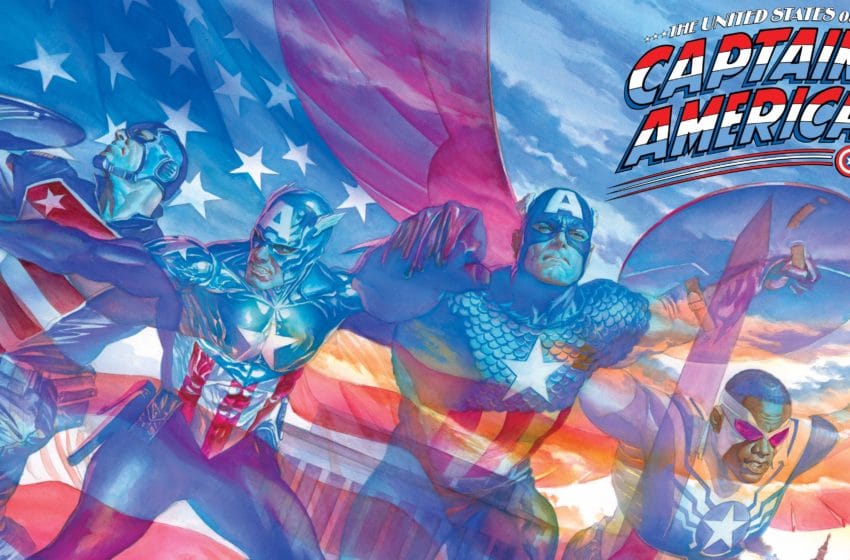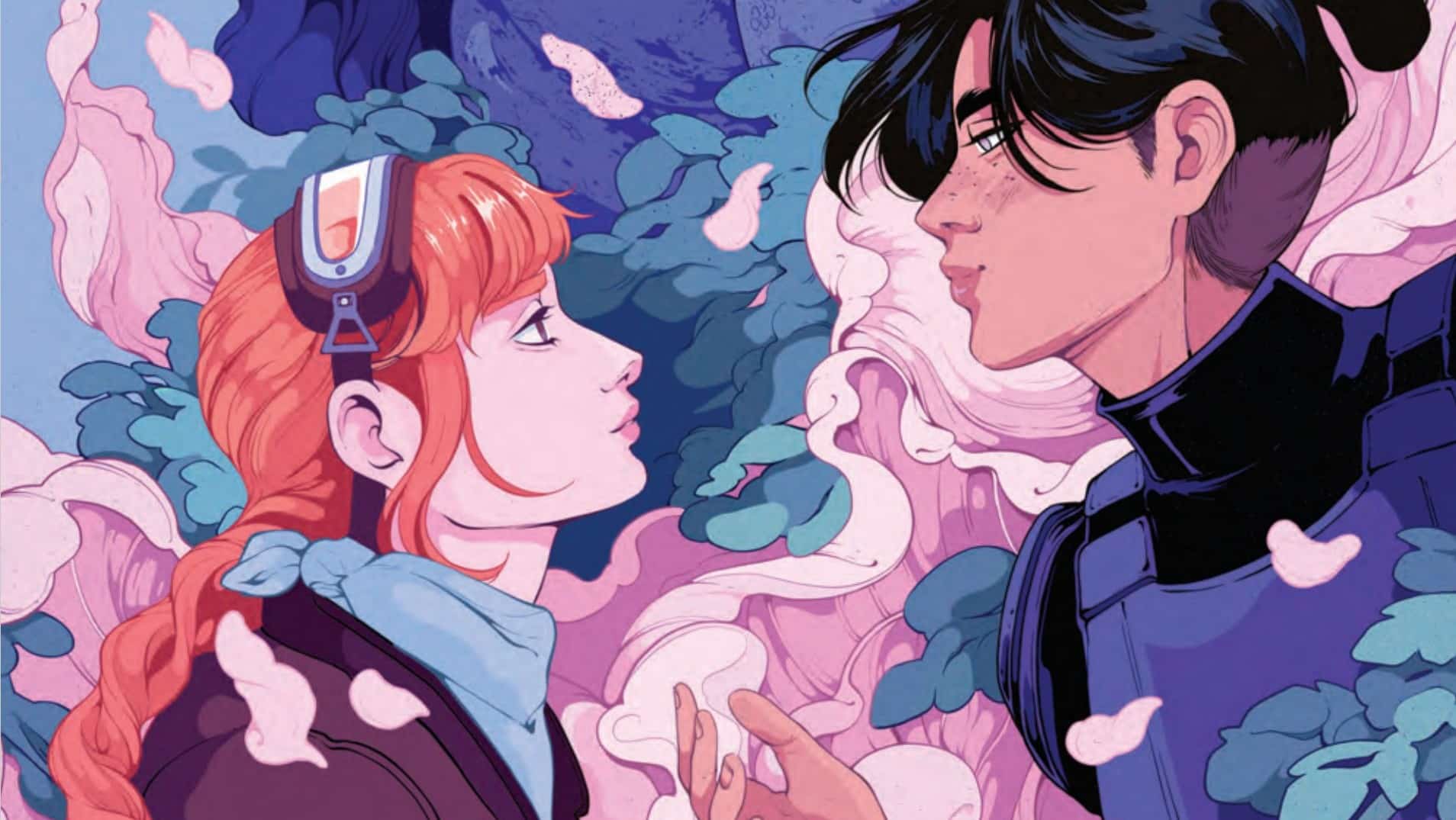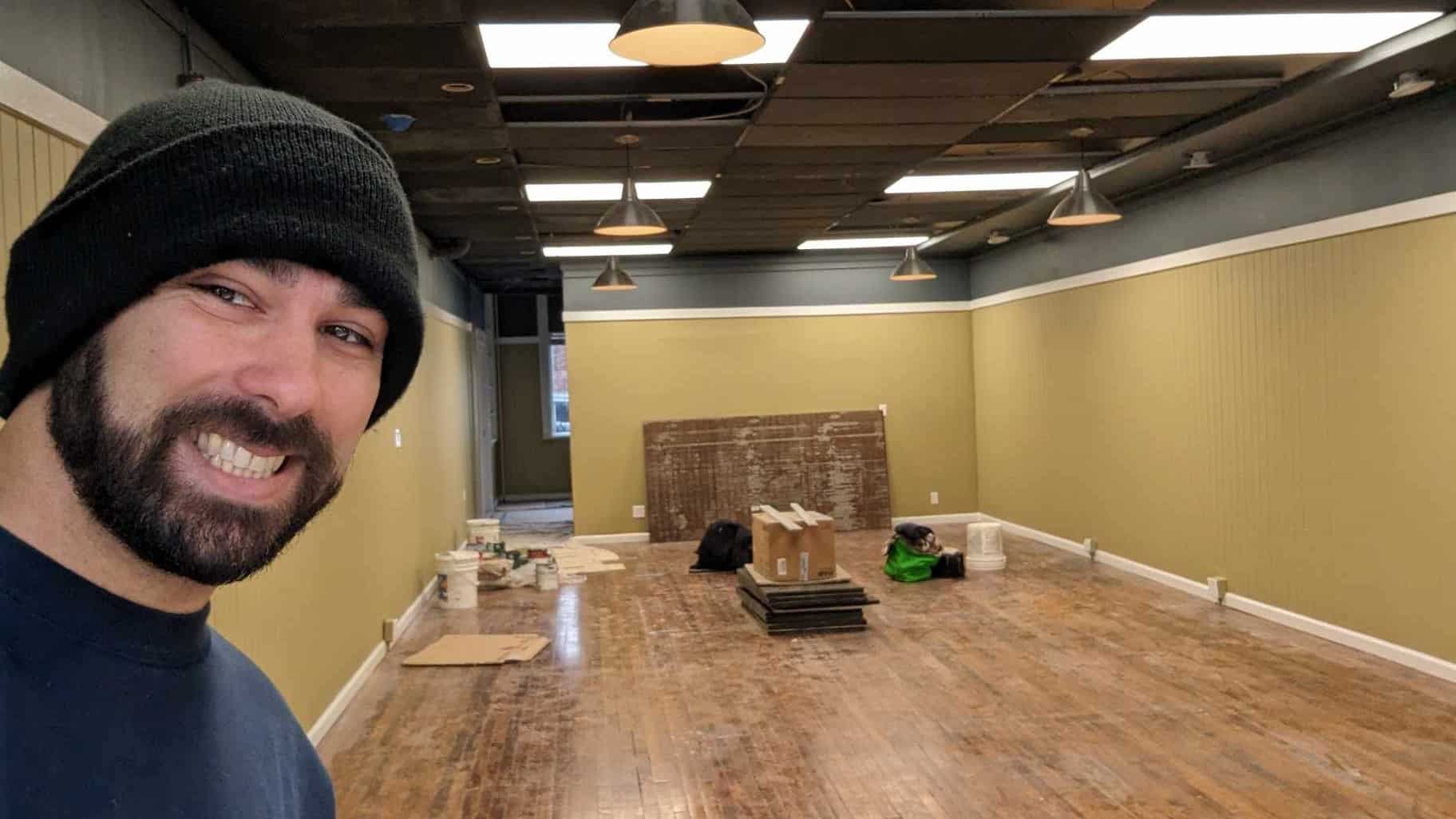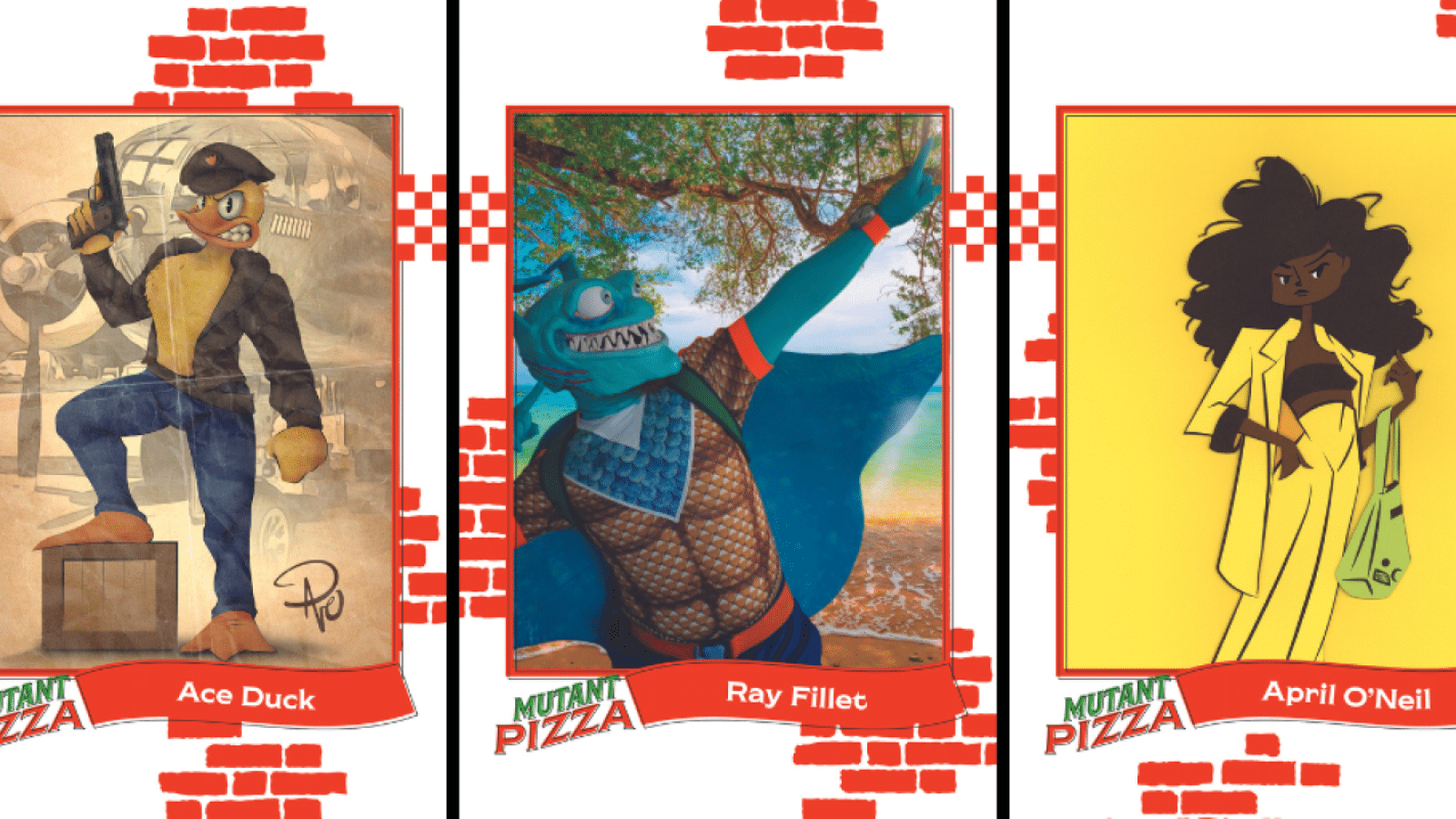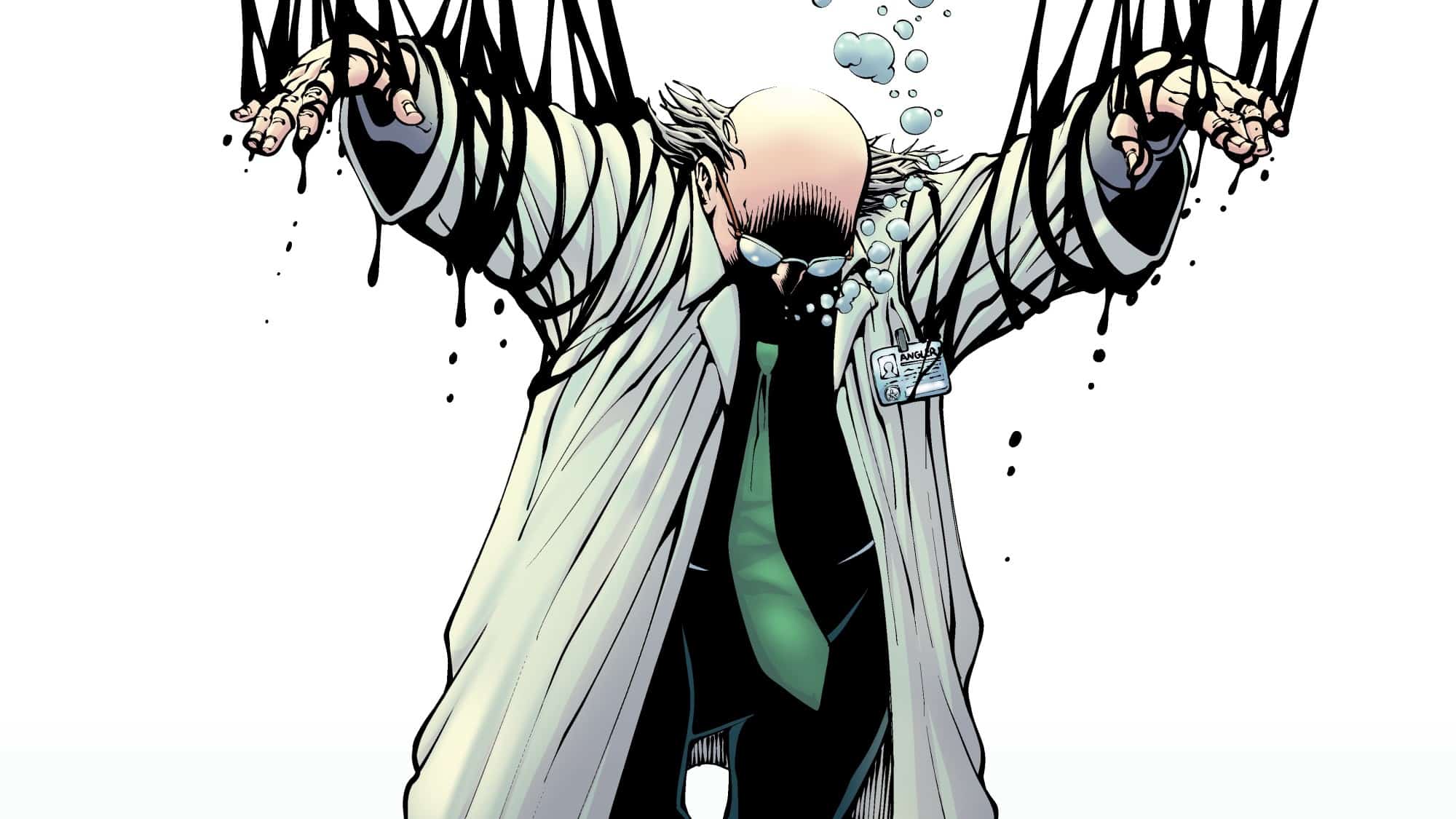With the release of The United States of Captain America #1 this month, several more ‘Captains’ are stepping into the spotlight to help the original out as Steve Rogers tries to recover his lost shield alongside the Falcon and Bucky Barnes. Much in the same way Spider-Verse opened up the world of Peter Parker and the various incarnations of Spider-Man, this new series was pitched by Marvel Comics editor Alanna Smith as something similar for Captain America, according to writer Christopher Cantwell.
“Alanna Smith came to me with this general story conceit,” Cantwell told ComicsXF.com this week. “This means that she is already an intimidating story genius in that way, because I instantly sparked to the idea. It made obvious sense to me that—with America being such a vast country with so many different types of places, and so many varied experiences in its culture—that there would be a solid handful of people taking the idea of Captain America and iterating upon it to serve their own communities.”
In each of the five issues, Captain America will meet and enlist the help of local ‘Captains’ around the country as they try to track down his iconic shield. As of June 1, Marvel has unveiled three of those characters. Aaron Fisher, the Captain America of the railways, is an openly gay teen who safeguards LGBTQ+ youth and homeless. Nichelle Wright, the Captain America of Harrisburg, Penn. and Joe Gomez, the Captain America of the Kickapoo Tribe make their debut in issues #2 and #3 of the series.
“This book to me is fun. It’s Caps on motorcycles fighting a cabal of some truly hateful and colorful baddies. Motorcycles (and cars) are such a uniquely American experience in a lot of ways, or at least in the context of the open road,” Cantwell says. “That’s why I put them in this title. I highly encourage everyone reading the book to play “Born to Be Wild” every time you get to one of Dale’s rip-roarin’ pages where Caps are cruising the highway on bikes. “

Cantwell — the TV producer/writer responsible for Halt and Catch Fire, a now-cult classic TV that originally aired on AMC — is a lifelong comic book fan and even worked as an intern at Marvel Studios in 2001, but only started writing comic books a couple of years ago. In 2018, he released She Could Fly at Dark Horse’s Berger Books and continued with a follow-up and a Doctor Doom series at Marvel the following year. Last year, alongside artist Cafu and cover artist Alex Ross, he kicked off the newest volume of Iron Man. For Cantwell, the chance at writing The United States of Captain America represents multiple opportunities — to reflect the history and current state of the country, to serve as a transition between former Captain America writer Ta-Nehisi Coates and whoever takes over the book, and developing Aaron Fisher, who is very personal to Cantwell.
Approaching the series, Cantwell said he wanted to do a road trip story so Steve could rediscover America with his own eyes. At the same time, Cantwell said, Steve discovers a loosely affiliated network of people who have been doing what he does but without super soldier serum powers.
“In their hearts they had the Cap dream and the conviction and the heroism. This story is how that can be enough to be a real deal Captain America,” he says.
Of course, Cantwell adds, there can only be one Steve Rogers and that’s true for Sam Wilson and Bucky Barnes.
“There is a small vanguard of Captain Americas that exists at the top of our hierarchy. If Steve is the mother root of the family tree, Sam and Bucky and even John Walker are primary branches. The idea here was to build a real ecosystem of the Cap Dream. I even wanted to bring in Isaiah Bradley, but there are problems there with rights, but we do get to mention him,” he says.
When researching for the series, Cantwell said he reread a ton of Captain America and adjacent series to get the characters just right, including several versions of Cap’s origin story and major touchstones like Ed Brubaker’s “Winter Soldier” arc and Mark Gruenwald’s arc featuring John Walker.
“In this book I speak to who Steve was as a kid before the serum, something I feel can at times be overlooked. It’s such an important part of who Steve is as a human being. I also wanted to get Sam and Steve’s rapport just right. They’re such close friends, they’re almost like brothers. I did the same for Bucky and Steve, from the beginning up through Brubaker’s watershed ‘Winter Soldier’ run. He and Steve are close, too, but there’s also the lingering specter of the ‘sidekick’ hierarchy between them. It can complicate things between them, and also provide a unique color to their dynamic,” he says. “I got to crack open my original childhood copy of [Captain America] #350. Walker was SO overclocked when he first arrived on the scene. I wanted to be true to that. And I think Christopher Priest and Georges Jenty’s [US Agent] book has a really good bead on the John Walker of today. I wanted to blend those POVs.”
And finally, of course, there’s the Coates’ run that ends with issue 30 at the end of the month.
“I had to be respectful of what Coates had done. I tried to continue his voice for Steve as best as I could. That was the most intimidating thing I faced in my work on the title,” Cantwell says. “The intelligence present in Coates’ run is immediately apparent. It’s an extremely sharp book so I really wanted to make sure I followed that in what I did. Ultimately as with any new book where I’m taking over from a previous writer, the way I try to evolve the story is by bringing in my own sense of perspective to it.”
In addition to reading comics history, Cantwell dug into the underexplored history of America for inspiration. And it all started with the country’s railways, which both informed the creation of Aaron Fisher and kickstarted his story, Cantwell said.

“[Railroads] unified the country in a way never seen before in the U.S and that gave me the first characteristic of Aaron Fisher,” he says. “I also think rail-riding culture is fascinating, so that gave me the second aspect. It also speaks to the Woody Guthrie kind of America I wanted to evoke in this book. Rail-riders are often unhoused, so then that came into play with Aaron. A large portion of those that are unhoused in America today are LGBTQ+ youth, so then that got folded in.”
For Cantwell, the timing of his personal life and professional life synced up while creating Aaron Fisher specifically. Married, with two sons, Cantwell came out as bisexual via Twitter in January.
“My sexuality is something I’ve been discussing in both therapy and in my marriage for a few years at this point. The timing was really just serendipitous. I will say that negative criticism and hate directed at the character strikes a much more personal chord with me than other work I do.” he says. “It’s DEEPLY personal to me as a writer, a member of the bi community, and as an AMERICAN to have a hand in creating Aaron Fisher, the first LGBTQ+ person to call himself Captain America. It’s a character I hope my sons will be able to celebrate my participation in as they get older.”
For Fisher’s solo story, Cantwell said writer Josh Trujillo and artist Jan Bazaldua, took the ball and ran with it.
“They brought some beautiful authenticity to Aaron as a real person with real experiences,” he says. “The process was the same with every new Cap we created. In Issue #2, I have Steve and Sam travel west to Pennsylvania, to one of the cradles of the Civil War, which was again evocative of the (to me highly relevant) American experience I really wanted to underscore in this book. Well, then I started researching Harrisburg, and discovered some clean water issues, which unfortunately aren’t just local to there in terms of crises all over the nation. So it’s at once localized and speaks to the larger country at this moment. And of course there is the vast spectrum of the Black experience in America. Sam is but one lens. Nichelle provides another.”

For that issue, Cantwell said, writer Mohale Mashigo and artist Natacha Bustos were brought in to build out Nichelle and “provide wonderful layers of character richness and authenticity explored in her solo story.”
When it came to Joe Gomez in issue #3, Darcie Little Badger came in with David Cutler to provide “a powerful solo story,” Cantwell said. Kickapoo tribe members themselves were also consulted on Joe to get the character right.
“On my end, I wanted Steve and Cap to explore the Southwest—iconic in America in everything from John Ford films to Bob Rafelson and Dennis Hopper movies—and touch upon Route 66, the American mother road,” he says. “To me, Steve could not explore the American experience without encountering the Native American experience—that would be a huge ignorant blindspot that didn’t feel right for Steve at all. Look, we’re not just checking boxes here. I’m telling American stories that fascinate me endlessly. This country is so unique, wonderful and diverse. Why not celebrate that and explore that, and what better POV than Captain America himself? Therein lies the brilliance of Alanna’s original concept.”

When it comes to Steve Rogers himself, Cantwell said he thought long and hard about the hero’s symbolism as Captain America as well as what he stands for in the context of 2021.
“He’s us on our best days as citizens, sticking up for each other, fighting for the voiceless, the powerless, the disenfranchised. Yeah, he can go to space and punch Skrulls with the best of them, but when his red boots are firmly on the ground, he represents and fights for what America best represents, and not just here—across the globe,” he says. “And I’m not talking about nation-building or being the world’s policeman. No. Just like how democracy as at least a philosophy speaks to this idea that everyone should at birth be guaranteed a say in their human destiny—our CIVIL RIGHTS—that’s what Cap advocates for in every fiber of his existence. Everywhere. That’s what to me transcends the moniker of ‘America.’”
Like Superman over at DC, Cantwell says, Captain America is pure virtue and nobility. And while the character can frustrate readers (and other characters) he serves as inspiration.
“Captain America does not need to be “dismantled” in my opinion, just like Superman doesn’t need that. But he CAN be challenged, and translated, and updated, just like the country he represents,” Cantwell says. “America has such a fraught relationship with the very notion of change.”
Dana Forsythe
Dana Forsythe is a freelance writer covering art, culture, tech and comic books.

